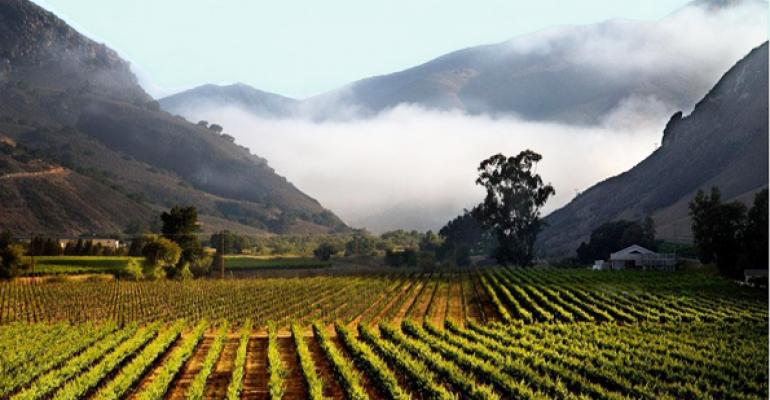In real estate we tend to focus on the three main priorities “location, location, location” but there is a new trend of investment which still relies heavily on this old principle but also requires in-depth understanding of micro climatic zones, soil conditions, geology and most importantly enology. Yes we are talking about wine and when we talk about wine in the U.S. we are primarily talking about California and Napa Valley.
International interest in Napa Valley predated even the 1976 victory in the Judgment of Paris Wine Tasting. Settlers from Spain, Russia and Europe have laid claim to vast portions of the region beginning as early as the 1700s. Vineyards started in the mid 1800s and even after disease, drought and alcohol prohibition somehow man still determined that wine making was the ultimate “highest and best” use of the region.
Today there is continued investment in the area which has revitalized downtown Napa into a fledgling resort town and brought billions of investment to the region. So possibly now is the right time to invest in Napa Valley? I posed this question to Dick Wollack the former head of Premier Pacific Vineyards that developed 15 vineyards in California’s top wine regions, and who now, along with the Hina Group of China, is part of the venture to create a new $100M vineyard investment fund for high net worth Chinese investors. “The No. 1 best time to invest in Napa vineyards was a year ago and the No. 2 best time to invest in vineyards is right now” Dick responded.
Imagining that due diligence (tasting rather) would be incredibly fun I asked if this investment is approached as an agricultural investment, a real estate investment or a private equity investment. Dick says that it is a combination of the three and that usually an institutional investor would exclusively invest in grape producing property rather than an operational winery.
According to Dick, vineyard due diligence is primarily focused on evaluating the quality of the vineyard and includes a review of a grape contracts, the micro climate, soil conditions, the age of the planted inventory, and the historical harvest yields. All of this is used to evaluate purchases for his fund.
Of course most estate vintners will tell you ‘true quality’ can come down to several specific rows of grapes or a unique slice of hillside that is truly ‘reserve’ quality versus the rest of the grapes which are sold in the market at harvest from somewhere in the range of $2,000 to $7,000 per ton (and some unique vinyard’s capturing up to $25,000 per ton). 2012 was an incredible year for Napa Valley and the total harvest value as reported by the Napa County Agricultural Commissioner was over $656 million a 54 percent increase over 2011 with total tonnage of 182,859 up 50 percent over the previous year.
So grape prices increased even with a record breaking yield. So what are the real drivers for this investment now? It comes down to scarcity of quality real estate. Dick says that Napa and Sonoma won’t get any bigger and for Napa now and Sonoma in the not too distant future, there is virtually no more land that could be feasibly converted into quality vineyards so “you have a limited quantity of grape producing property”.
He says that there has been a long gap since the significant planings of the mid 90s, with barely enough new plantings to replace aging vine inventory. All of this spells possible opportunity for an investor. But how is all of this affected by the price of a bottle of wine? Dick says that grapes amount to 10 percent of the cost for a quality $80 bottle of Cabernet so he feels there is upside as consumer demographic trends show a move towards quality and increased global demand for the best California wine. He also sees upside potential in grape pricing and feels that there are some grapes which are more reliable in terms of overall market popularity such as Cabernet, Pinot Noir and Chardonnay.

